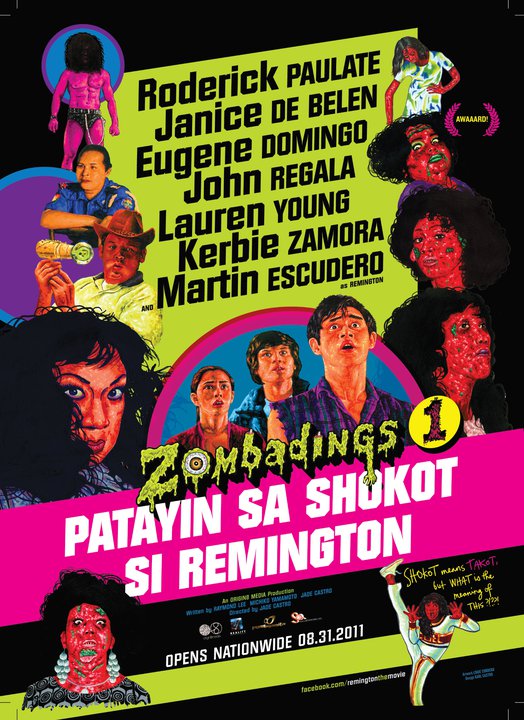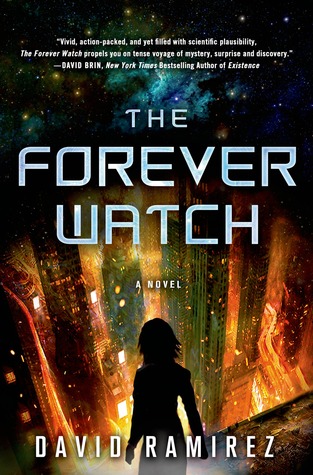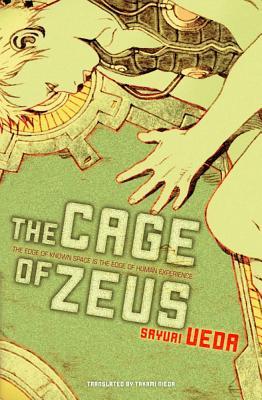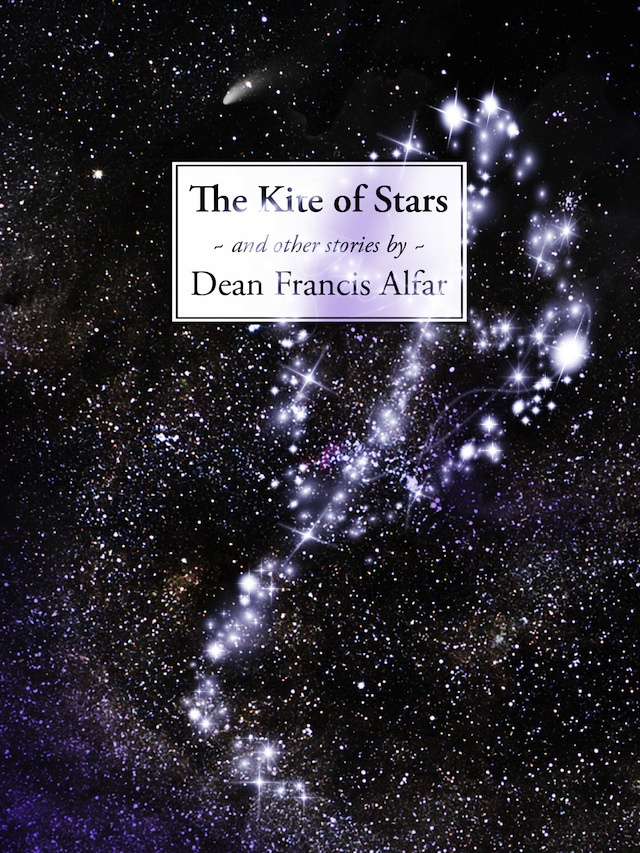Language in the Written Word

The Philippines is home to more than a hundred languages (and that’s not counting the number of dialects). But there are only two official languages in the country: English and Filipino. The official languages, especially Filipino (a lot of which is based on the Tagalog language), is always the subject of debate. And both languages are arguably the products of a dominant culture enforcing its will on another: the former by Americans and the second by what could be considered the “mainland” in the Philippines, Manila. In schools, we are taught to be fluent in one language or the other, but the mingling of both languages is discouraged (and in most cases, will count as an error). In English class, we’re not allowed to use Filipino. In Filipino class, we’re not allowed to use English. And yet, both Filipino and English are inevitably used in both classes. In actual practice, the mingling of several languages is the norm. For those who can speak both languages, this is usually called Tag-lish. In my community, since I am also ethnically Chinese, our variation is Chi-tag-lish, as we mix our version of Chinese (usually Hokkien) with Filipino and English. This phenomenon is not unique to the Philippines, and other countries will have their own variations. Take Singapore and Singlish, for example.
Cultural Tourists (Part 2): Publishing and Representation

Wendy Xu has a brilliant and critical assessment of racism in Eleanor and Park, and it’s tempered by Mike Jung’s post on how he can experience both love and be troubled by the novel. The latter is one of the complicated experiences of a reader is who is not privileged, who constantly struggles to find themselves in the literature they read and who sometimes settles for any representation. If in Part 1 I talked about the behavior of cultural tourists, let’s look at the larger implications of that here. In the Philippines for example, we have several talented authors like Eliza Victoria, Ian Rosales Casocot, and Dean Francis Alfar. Unfortunately, their readership is dwarfed by the number of fans of Western authors like Robert Jordan, J.K. Rowling, and George R. R. Martin. If our authors aren’t being read in our own country, how much better will they fare overseas? And this isn’t a scenario unique to the Philippines. It happens to a lot of countries affected by colonialism or imperialism (or both).
Cultural Tourists (Part 1): Publishing and Representation

One of my goals is to read as diverse literature as possible — at least those by authors outside of the US and the UK (since these two are the major players in the global publishing industry). The unfortunate reality is this: I keep on failing. That’s not to say I don’t occasionally succeed; just the other day, I finished reading a local anthology — Maximum Volume: Best New Philippine Fiction 2014 (ed. Dean Francis Alfar & Angelo R. Lacuesta) — but that’s only because it’s a local publication and I’m friends with some of the contributors. The said anthology being a title published in the Philippines, it poses some challenges in terms of accessibility that authors/publishers from other countries might experience:
Finding Filipinos in Science Fiction and Fantasy

A decade ago, whenever I mentioned Filipinos in science fiction and fantasy, genre fans here and abroad would mention two novels to me: Robert Heinlein’s Starship Troopers and Neal Stephenson’s Cryptonomicon. Now I haven’t read Cryptonomicon, but I have read Starship Troopers. My initial impression with the book was that here was a book that featured a Filipino (well, Filipino-American) protagonist! As I grew older, I realized Starship Troopers was a squandered opportunity (aside from Heinelin’s pro-military propaganda). I had questions like:

